Products like the Apple Newton and the Nintendo Power Glove immediately come to mind when reminiscing about technology that was before its time. Despite their innovative nature and cutting-edge features, however, most are remembered as immediate failures for one reason or another. We won't be concentrating on those here today.
Instead, this article will focus on products, services and ideas of yesteryear that didn't necessarily flop out of the gate. Some were quite popular and are still around today while others were a bit more obscure but all had a vision that helped shape today's technological landscape. Let's have a look.
AOL Instant Messenger (AIM)
Came before: WhatsApp, Slack, Facebook Messenger, Snapchat
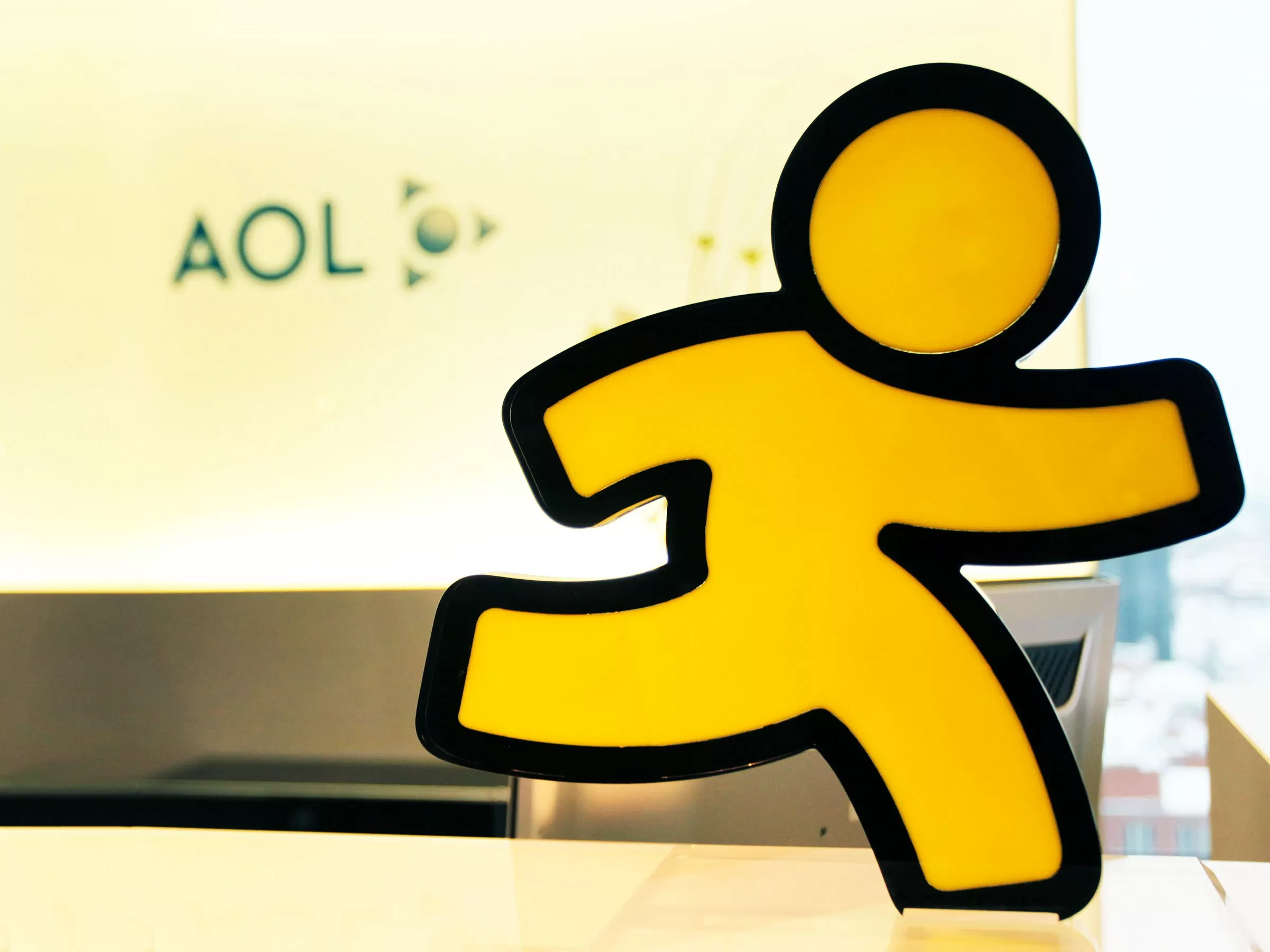
Before mobile devices and social networking, online chat applications were the go-to communication method for millions of computer users. Chief among them was AIM, a peer-to-peer chat program that originally came baked into AOL's suite of Internet products in the late '90s.
The app was later released as a standalone download and competed for supremacy alongside other popular chat apps like Yahoo! Messenger, ICQ and MSN Messenger. It remained popular through most of the last decade - an eternity in technology time - but AOL's inability to gain traction with the mobile generation ultimately led to its demise.
AIM is scheduled to shut down on December 15 although its influence can be felt in many of today's top chat apps including WhatsApp, Facebook Messenger, and Snapchat.
Digg (news aggregator)
Came before: Reddit, Quora, Flipboard
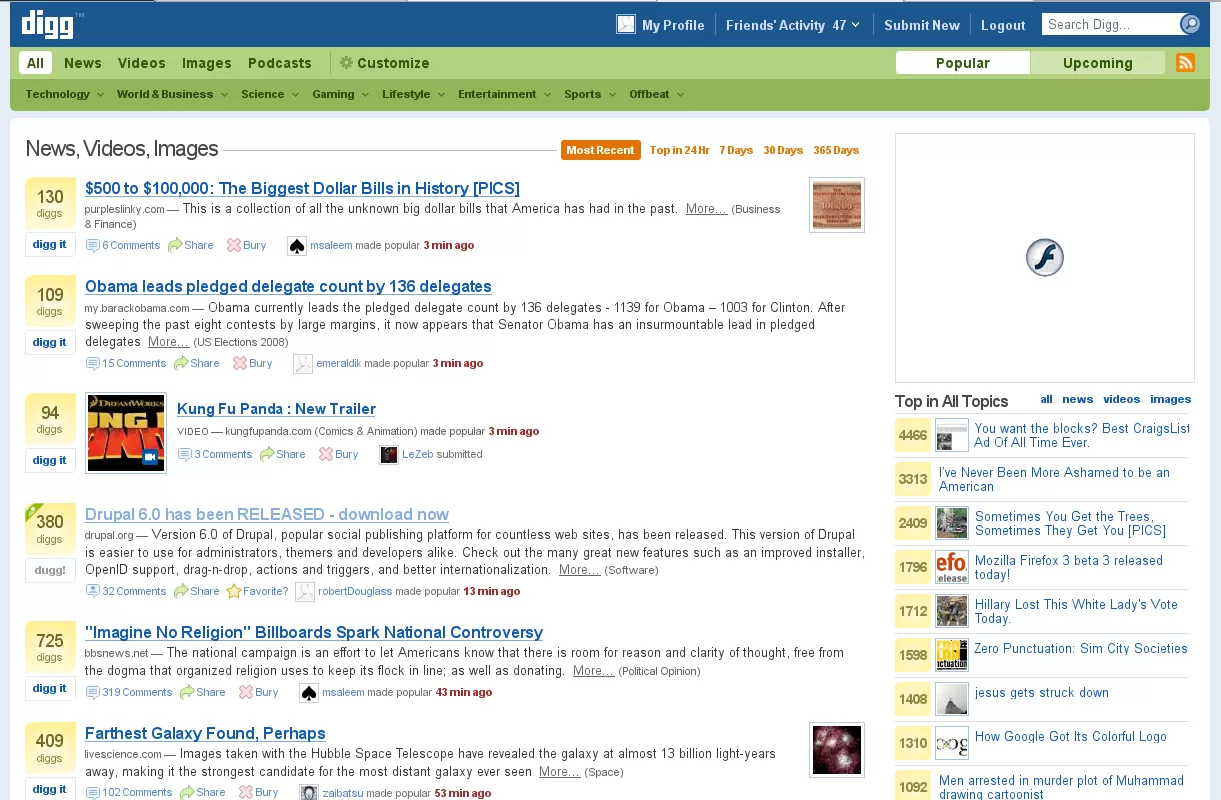
Reddit, one of the most popular Internet destinations for millennials, owes much of its success to a social news site that came before it. Digg got its start in late 2004 as an experiment to facilitate the discovery and sharing of content from around the web. Its creators bolstered the service with new and innovative features over the coming years and were rewarded with a loyal fan base that drove immense amounts of traffic to the site. The concept was similar to Slashdot albeit for all types of content, not just tech stories.
Digg was far from perfect, however, as some members figured out how to game the voting system for political and financial gain. The site also battled with censorship issues but the straw that broke the camel's back came in August 2010 with the release of Digg v4, a bug and glitch-ridden overhaul that removed many of the site's most beloved features.
Days later, disgruntled users staged a "quit Digg day" that resulted in many users defecting to Reddit. Digg managed to survive the mass exodus, but was eventually sold for a fraction of its previous value and no longer resembles its former self.
Motorola Atrix 4G smartphone
Came before: Chromebooks, Samsung Dex, potentially other future phones
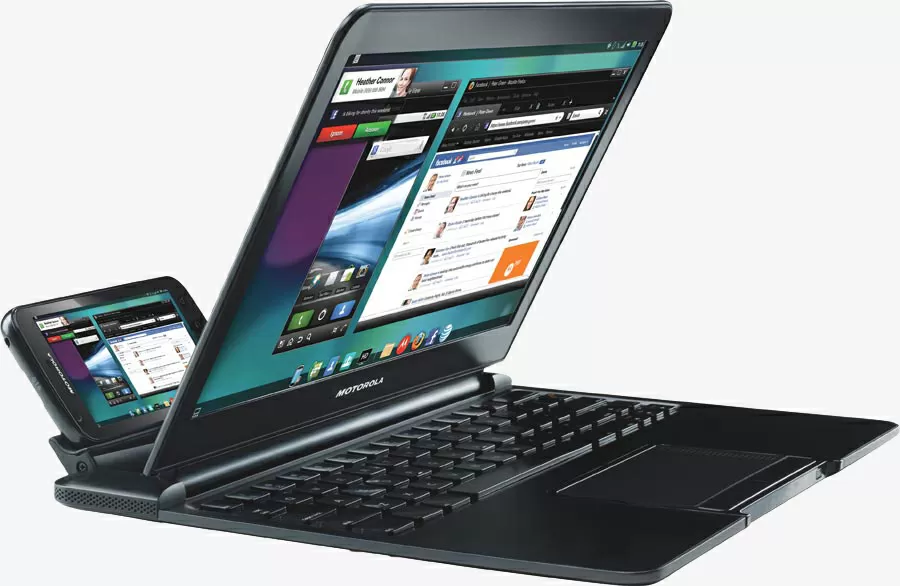
Motorola came to CES 2011 with a doozie of a smartphone. The Atrix 4G was among the first to feature a dual-core CPU which, according to Motorola, was powerful enough to let you use the handset as a full-blown desktop computer (except it wasn't).
The Atrix 4G was sold alongside your choice of a desktop or laptop mobile dock. The idea was simple - plug the phone into the dock and utilize its dual-core processor and 1GB of RAM as the brains of a standalone computer.
It was a novel concept but Motorola was too early to market with it. A dual-core SoC from 2011 simply wasn't powerful enough to drive the experience and Motorola asked way too much for the accessories ($499 for a laptop dock that was useless without the phone).
Android was still in its infancy – the handset shipped with Android 2.2 – as was the smartphone industry as a whole. Motorola wasn't really committed to the idea, either, especially after the company was sold to Google a few months later.
In Motorola's defense, several others have launched similar efforts in recent years to no avail (Samsung Dex and Microsoft Continuum immediately come to mind). I've included it here today because I believe the concept still has legs. It may be a few years out but with adoption of mobile devices skyrocketing, their current and future potential performance, and mainstream PC usage transforming in different form factors, we could eventually see the two platforms merge.
Sega Game Gear handheld console
Came before: Nintendo DS, PSP, PS Vita, Nintendo Switch
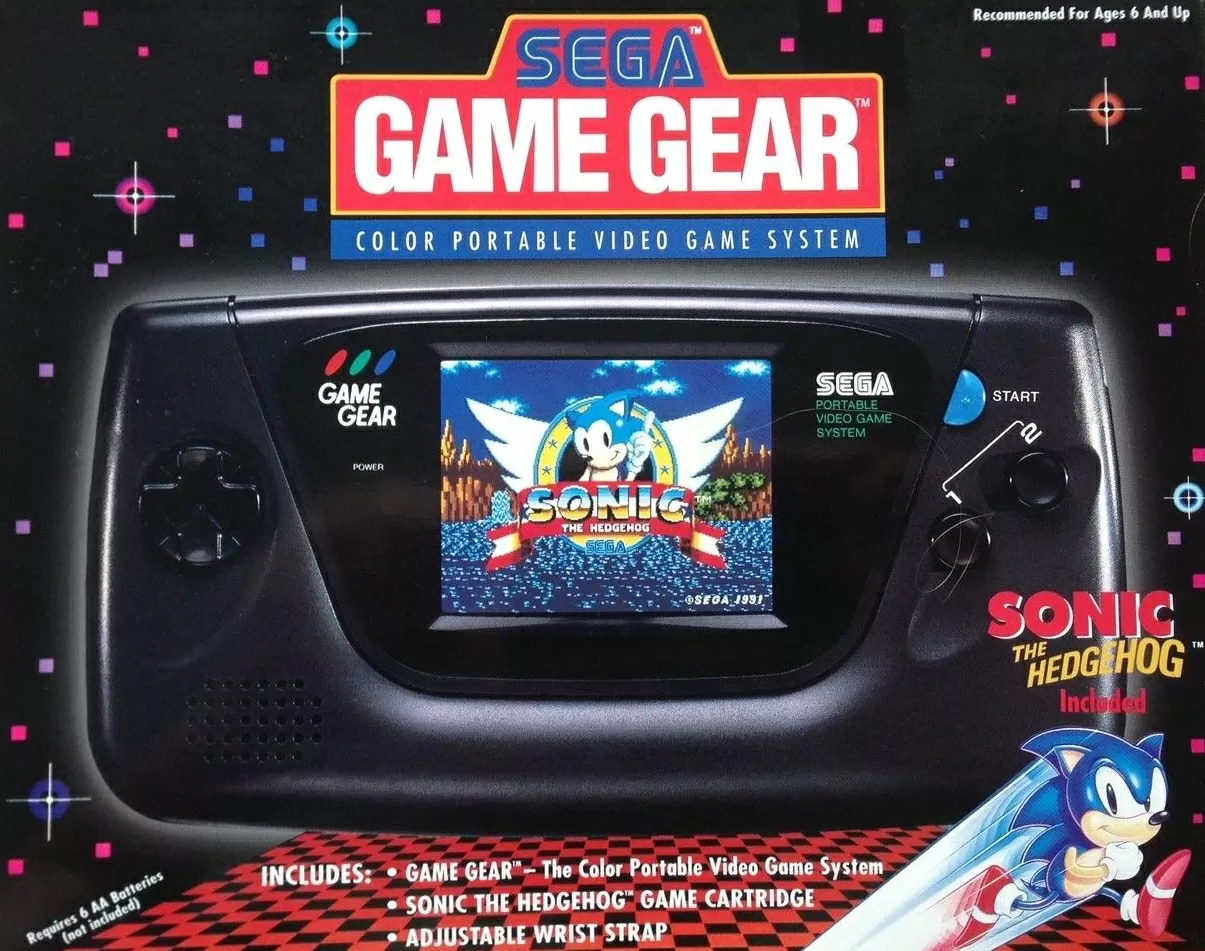
The North American video game industry in the late '80s and early '90s was dominated by one name: Nintendo. While the company's NES and SNES consoles were all the rave at home, it was the Game Boy that drew the assignment in the portable segment.
The handheld didn't go uncontested, however, as arch rival Sega launched the technically superior Game Gear less than two years after the Game Boy's arrival.
Codenamed Project Mercury, the 8-bit handheld notably featured a full-color backlit display in a landscape format and a design that was much more comfortable to hold for long periods of time. It was also somewhat reasonably priced at $149.99 albeit still more expensive than the $89.95 asking price of the Game Boy.
Unfortunately, Sega's Game Gear was hampered by poor battery life (about 3.5 hours per six AA batteries) and a lack of third-party developer support.
Sega sold just over 10 million units during the Game Gear's five-year lifespan, far fewer than the Game Boy. Nevertheless, it was an important stepping stone in portable console history as it helped pave the way for future handhelds like the Genesis Nomad, PlayStation Portable, PS Vita and more recently, the Nintendo Switch.
Justin.tv livestreaming website
Came before: Twitch (Justin.tv's spin off), Facebook Live, Periscope

The ability to broadcast live video over the Internet is easy to take for granted, especially considering the process wasn't nearly as straightforward (or accessible) just a decade ago.
Let's set the stage. In early 2007, BlackBerry and Palm were the predominate players in the "smartphone" industry. The iPhone was still a few months out and the first handset powered by Android wouldn't be announced until the end of the following year. Cameras built into mobile devices were of such low quality that they were practically unusable.
That's why, when Justin Kan launched Justin.tv to stream a continuous live feed of his life over the Internet, he did so using a webcam affixed to a baseball cap that was connected to a cellular network card-equipped laptop in his backpack. Welcome to livestreaming in 2007.
The novelty of the concept, termed "lifecasting," attracted loads of media attention which Kan parlayed into a full-blown video streaming platform. The gaming category took on a life of its own and was eventually spun off as Twitch.TV. The original Justin.tv site shut down in mid-2014 and a few weeks later, Amazon bought Twitch for $970 million.
Platforms like Justin.tv pioneered live video on the Internet. Without them, services such as Periscope and Facebook Live may not exist.
Casio Secret Sender 6000 personal communicator
Came before: Danger Hiptop / T-Mobile Sidekick, Blackberry phones (Messenger), WhatsApp
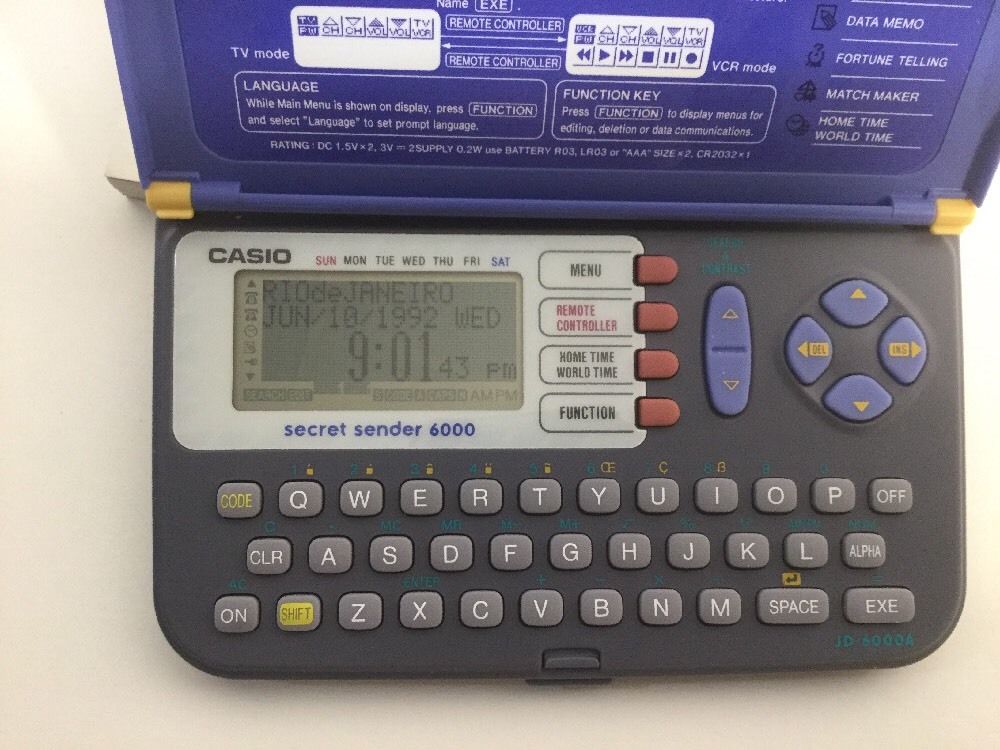
This one is admittedly obscure and arguably didn't have a tremendous impact on the world of technology, but that's only because it was a toy that flew under the radar.
The Casio Secret Sender 6000 was essentially a PDA for kids. Launched in the early '90s, it featured a digital screen and a full QWERTY keyboard for data entry and also served as a calendar, an alarm clock, a phone book, a calculator and more. The standout feature that captured my interest at the time (and the reason I'm including it here today) was its ability to send text messages.
The gadget - and rebrands like the Sega IR 7000 - featured an infrared sensor that allowed you to send short-range wireless text messages between devices, so long as they were in the same room. Such functionality was mind-blowing at the time with Sega and others advertising it as a way to silently send messages between friends, like during class. Nearly a quarter of a century later, text messaging is arguably one of the most popular methods of personal communication.
Sony Walkman and Discman
Came before: MP3 players, Apple iPod, any modern smartphone + music subscription service
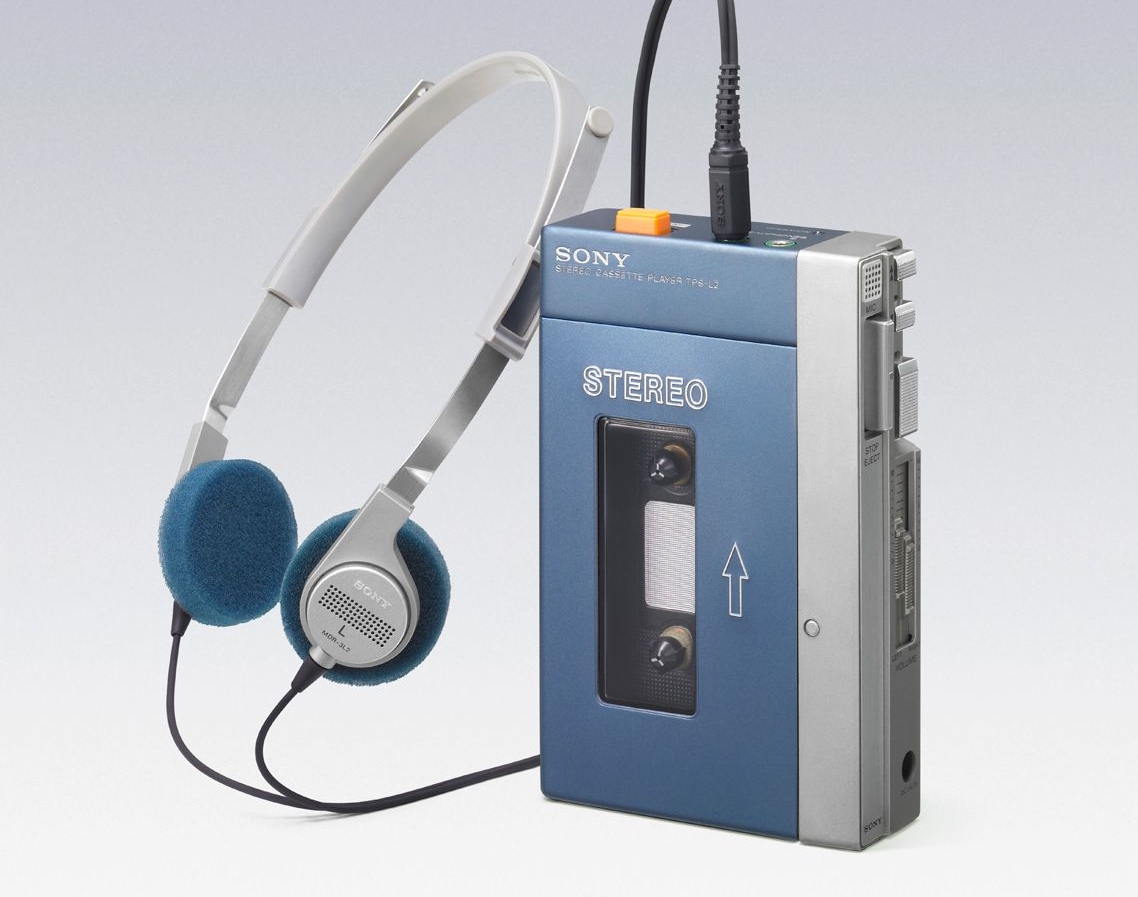
Streaming services place a near endless supply of music at our disposal. It's a luxury that many of us utilize on a daily basis but you don't have to think back very far to a time when portable music didn't really exist.
Sony co-founder Masaru Ibuka was frustrated by the inability to listen to opera music during trans-Pacific flights without the aid of heavy, expensive audio equipment. In the late '70s, he commissioned two audio division engineers to come up with a compact solution that average consumers could afford. Thus, the Walkman was born.
Although Sony technically wasn't the first to invent the portable cassette player (that honor apparently goes to Andreas Pavel), it was the first to find success. The Walkman was a game-changer, allowing people to essentially add soundtracks to their daily lives. The Japanese technology giant rocked the music industry again in 1984 with the introduction of the world's first portable compact disc player. Affectionately dubbed the Discman, the player helped spark public interest in CDs and further cemented Sony's legacy as a premiere electronics manufacturer.
Sony may not be as popular as it once was but its contributions to the music industry are undeniable.
Asus Eee PC netbook
Came before: Chromebooks, Apple iPad, Ultrabooks
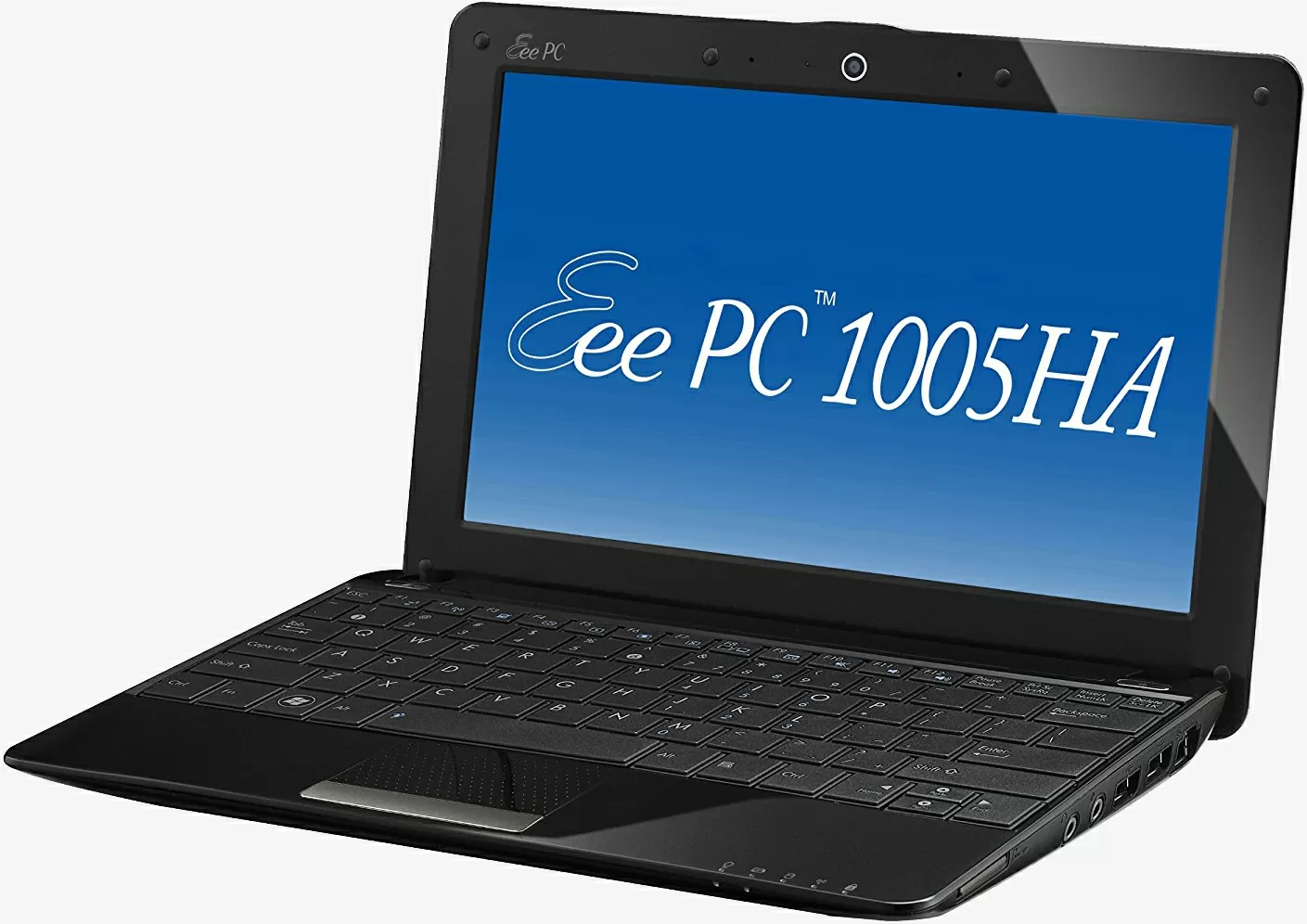
Chromebooks are the go-to choice for those needing a portable, full-featured computing solution on the cheap. They probably wouldn't exist, however, if it weren't for a major shortcoming that plagued their predecessors.
Asus at Computex in mid-2007 introduced the Eee PC, a line of ultra-affordable laptops originally intended for emerging markets. Characterized by small screens, compact keyboards, low-capacity storage drives and underpowered hardware, the machines quickly caught on with mainstream consumers and helped spawn a new category of portable computers known as netbooks.
The majority of netbooks shipped with versions of Windows that were designed for more powerful hardware. As a result, most offered a subpar user experience that ultimately contributed to their downfall (the emergence of tablets didn't help the cause, either).
Google's Chrome OS, however, is far less resource-intensive. It also helps that modern hardware is much more powerful than the Intel Atom chips that struggled in early netbooks and of course, the cooling tablet market can't be overlooked.
TechSpot Series: The Win/Fail series continues next week
This feature is part of a TechSpot content series rolling out this month, see what's next:
